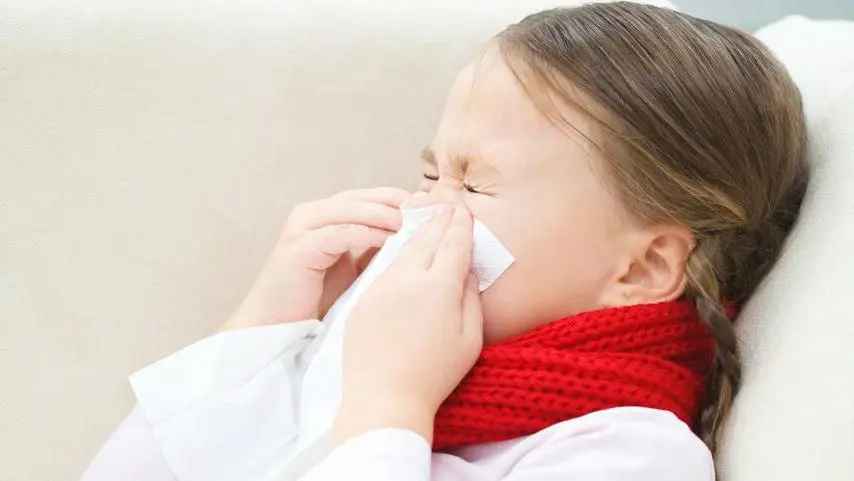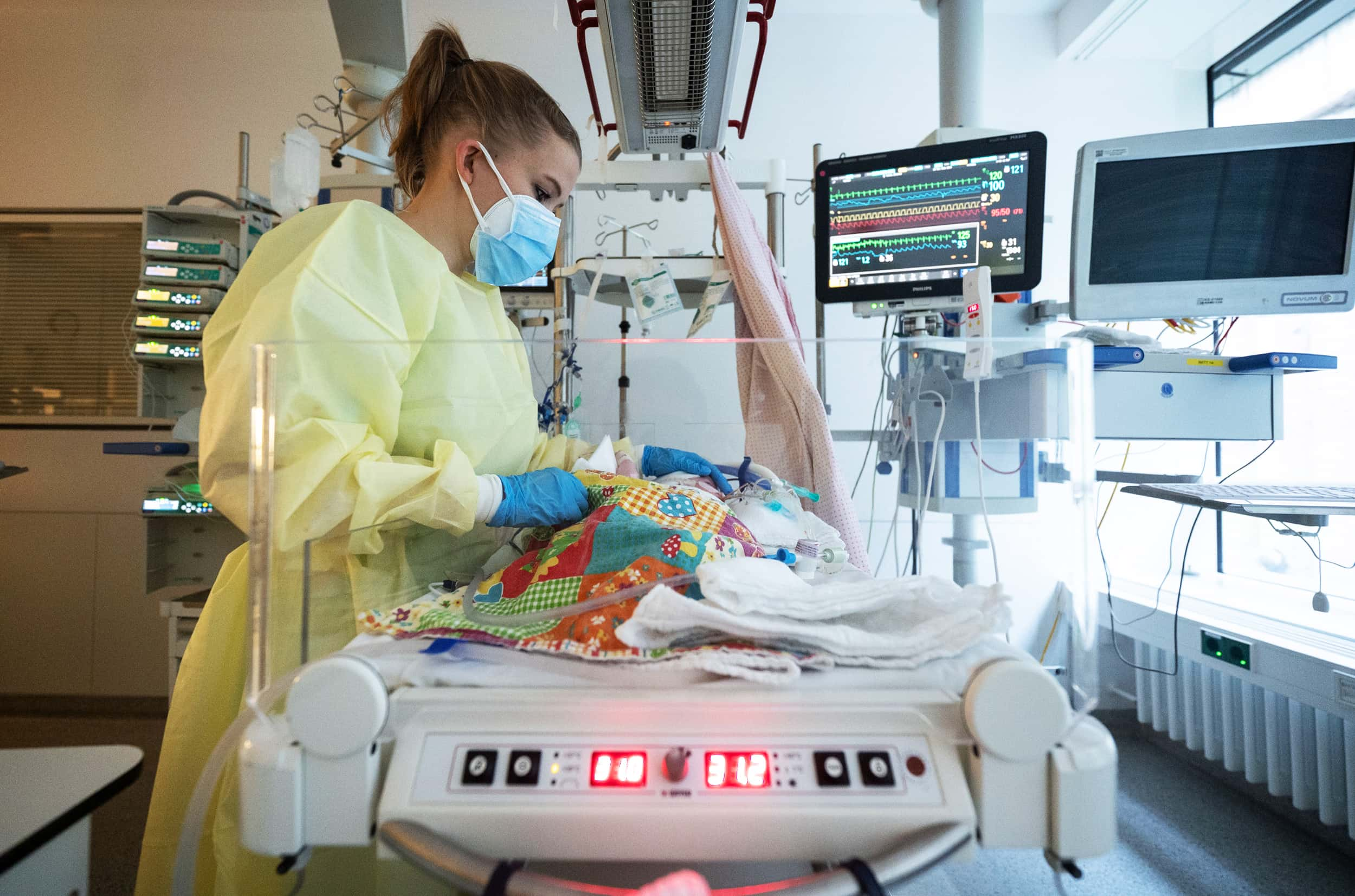Typically, RSV season aligns with fall and winter, mirroring the patterns of flu and other respiratory illnesses.

The Centers for Disease Control and Prevention (CDC) has issued a warning regarding a surge in cases of respiratory syncytial virus (RSV) among young children in certain parts of the Southeastern United States
However, the current spike in RSV infections is notably higher than usual, particularly in Florida and Georgia. According to the Centers for Disease Control and Prevention‘s health advisory, Florida has witnessed RSV PCR test positivity rates above 5% over the past four weeks, surpassing the typical 3% threshold at the start of the RSV season. Meanwhile, in Georgia, RSV-related hospitalizations for children under 4 years old have surged from 2.0 to 7.0 per 100,000 for the weeks ending on Aug. 5 and Aug. 19, respectively. Alarming is the fact that a majority of these hospitalizations involve infants less than a year old.
The Centers for Disease Control and Prevention underlined that historical trends indicate regional spikes often mark the onset of the RSV season nationally, with heightened activity spreading northward and westward over the subsequent 2-3 months. This advisory serves to alert healthcare providers and caregivers, emphasizing the particular risk RSV poses to infants, young children, and older adults.
Last year, RSV also manifested earlier than anticipated, peaking in October before subsiding in November. Experts speculate this may be attributed to reduced exposure to potential infections during pandemic lockdowns or for those born amid the pandemic.
RSV symptoms typically manifest 4-6 days post-infection and encompass fever, runny nose, sneezing, coughing, wheezing, and diminished appetite, generally occurring in stages
The Centers for Disease Control and Prevention estimates that 58,000 to 80,000 children under 5 years old, and 60,000 to 160,000 individuals aged 65 and older are hospitalized with the virus annually.
Certain infants and young children face an even higher risk of severe RSV illness, including preterm births, immunocompromised individuals, and those with congenital heart or lung conditions. Tragically, between 100 and 300 children, along with 6,000 to 10,000 seniors, succumb to RSV each year, as reported by the Centers for Disease Control and Prevention.
This season, for the first time, a safeguard against RSV is available to many Americans. Individuals over 60 can now receive vaccination against the virus, akin to the flu shot, obtainable at major pharmacy chains such as CVS, Rite Aid, and Walgreens.
Additionally, a new RSV drug named Beyfortus has been introduced. Approved for infants under eight months entering their first RSV season, high-risk infants may be eligible for a second dose the following year. Beyfortus, administered as a one-dose injection, comprises lab-manufactured monoclonal antibodies that mimic naturally occurring infection-fighting antibodies. Unlike a vaccine, Beyfortus employs a distinct mechanism to stimulate the immune system.
Another type of RSV treatment on the horizon is an immunization administered in late pregnancy, aiming to confer protection to newborns. Recently greenlit by the Food and Drug Administration, it awaits Centers for Disease Control and Prevention approval before becoming available.
READ ALSO: New York City Public Schools Prioritize Literacy And Mental Health With Mindful Breathing Initiative




